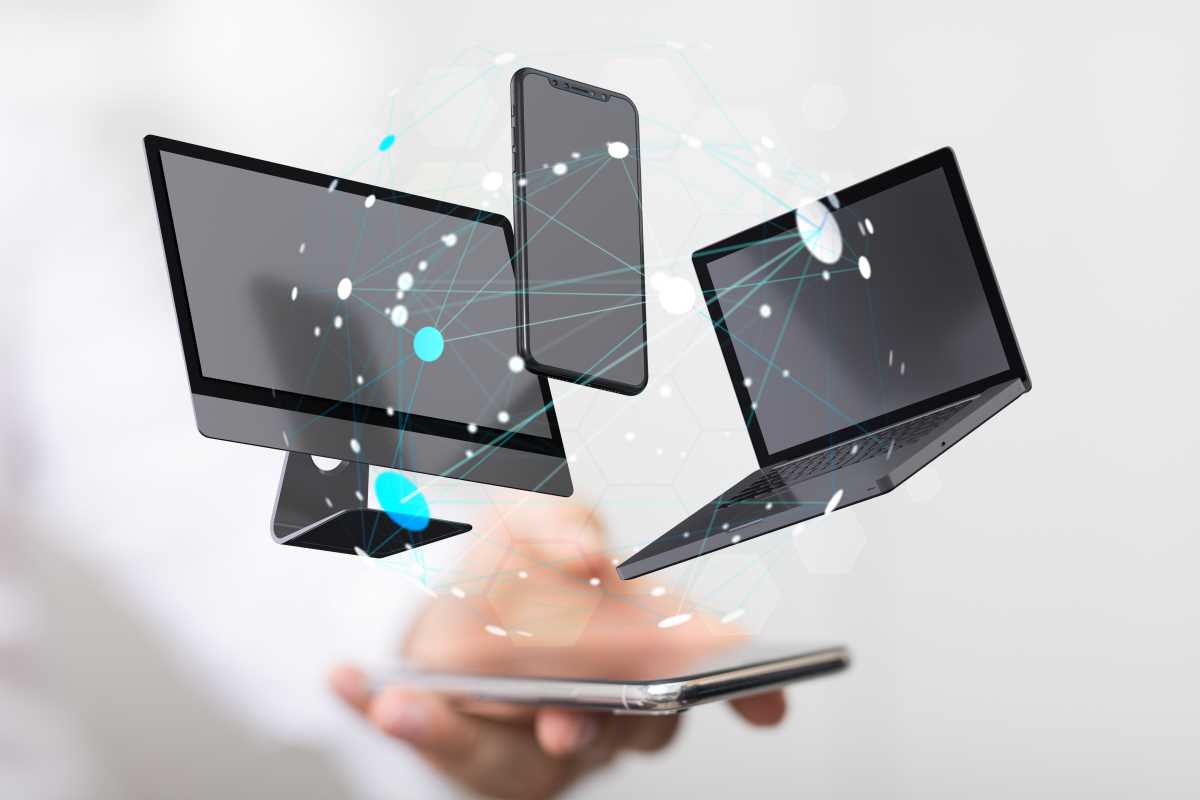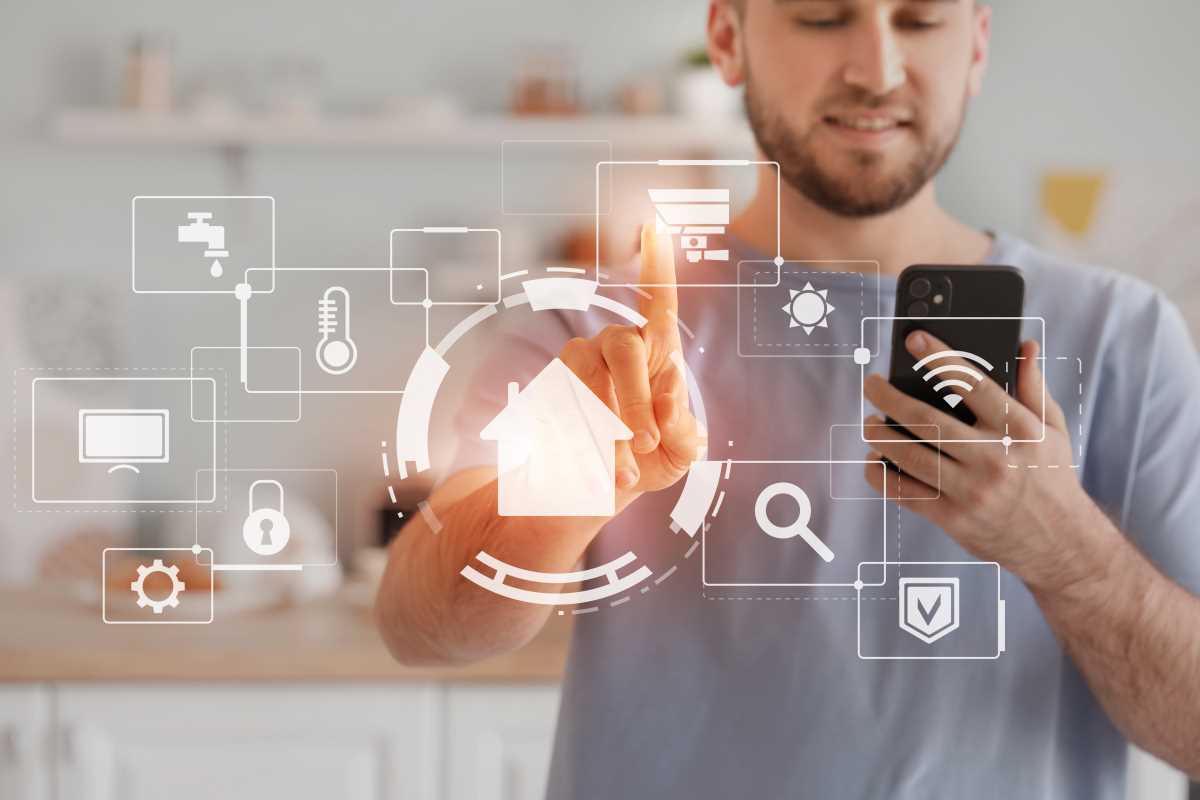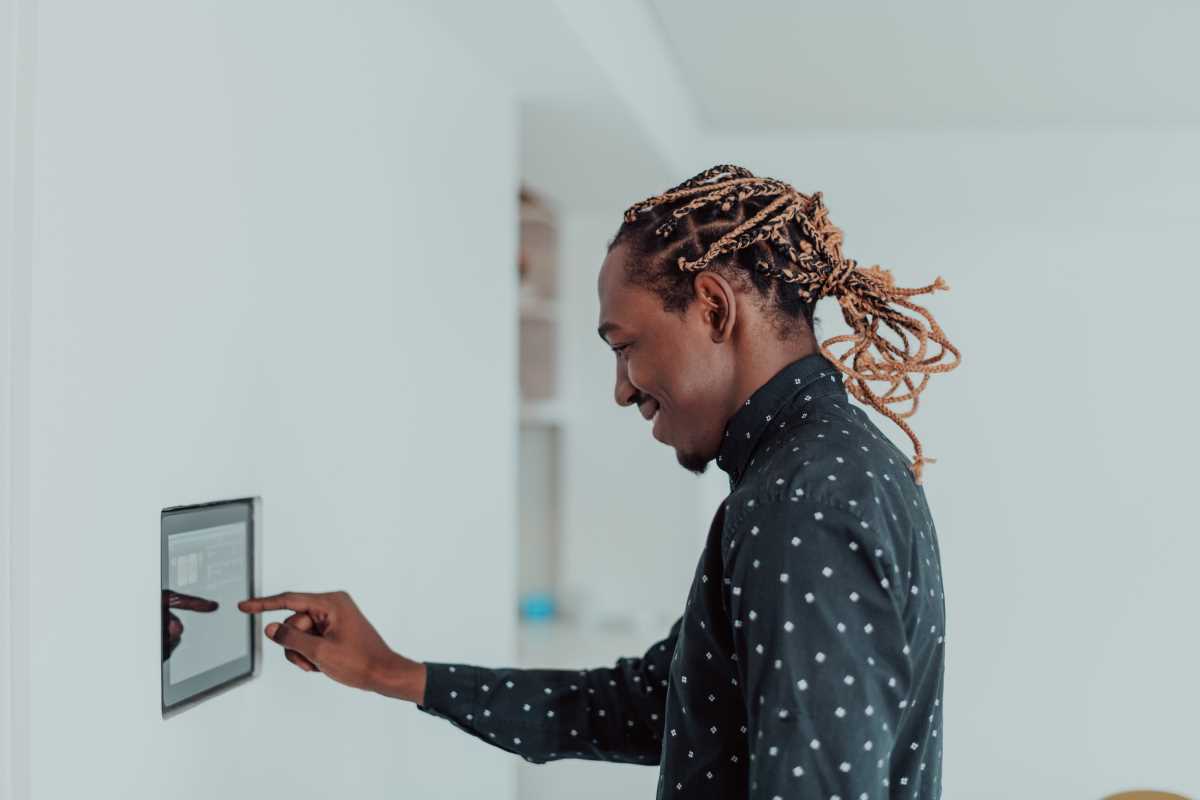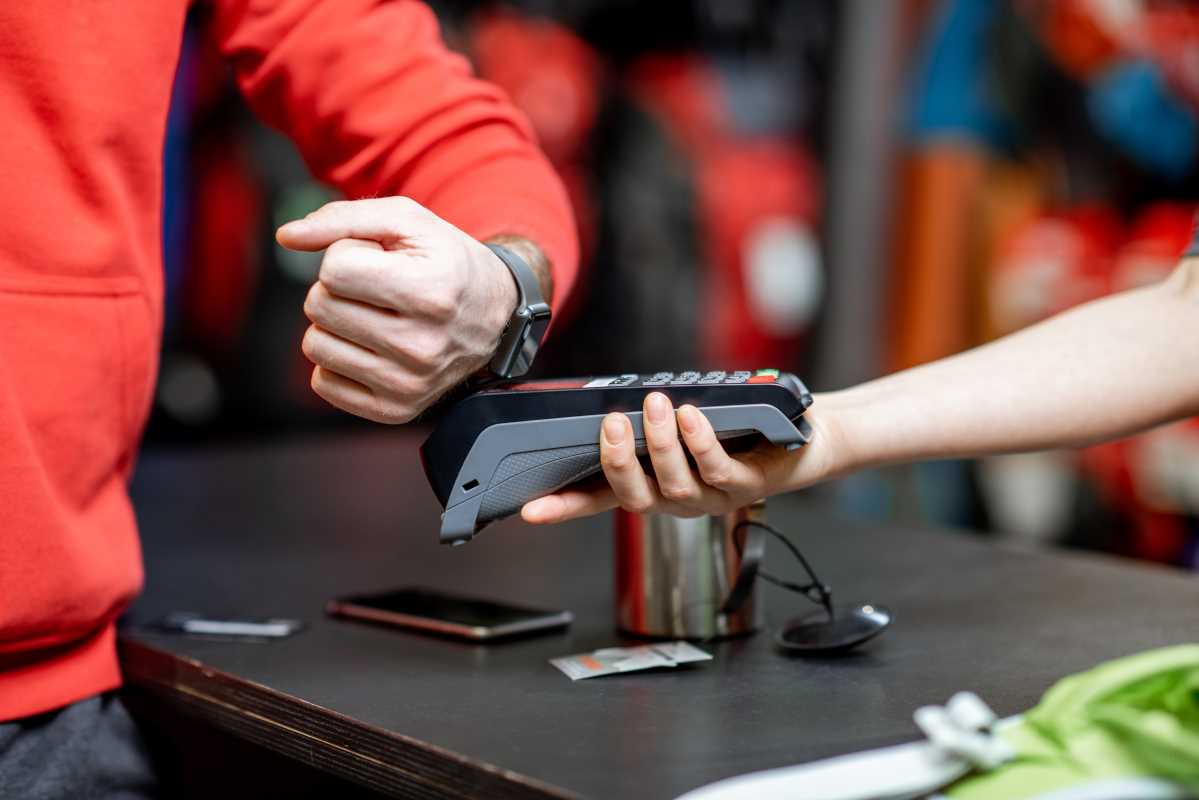Technology is a huge part of our lives. We use smartphones, laptops, tablets, and all kinds of gadgets every single day. But how much do we really know about the devices we rely on? The truth is, there are a lot of myths out there about how technology works. These misconceptions range from tips for longer battery life to whether putting your phone in rice really fixes it after it gets wet.
Some of these myths are amusing, while others could actually cause more harm than good if followed. By understanding the truth behind these common tech myths, you can take better care of your devices, save some money, and impress your friends with your tech knowledge. Let's get to the bottom of these popular tech beliefs and find out what's really true.
Myth 1: Charging Your Phone Overnight Will Ruin the Battery
One of the most common pieces of advice out there is “never charge your phone overnight.” People worry that leaving it plugged in once it reaches 100% will overcharge the battery and damage it. But is there any truth to this claim?
The Truth
Modern smartphones are designed with advanced battery management systems that prevent overcharging. Once your battery reaches 100%, the device stops taking in more power. Think of it like a faucet that shuts itself off when a bucket is full.
While charging overnight won’t ruin your battery, keeping the charge at 100% all the time can gradually wear it out. Lithium-ion batteries, which are in most modern devices, last longer when they hover between 20% and 80%. If you want to be extra cautious, unplug your phone before it’s fully charged, but don’t stress about leaving it charging while you sleep.
Pro Tip
Using a high-quality charger (preferably the one your phone came with) is more important than worrying about overnight charging. Cheap chargers can cause overheating, which does damage batteries.
Myth 2: Closing Background Apps Boosts Your Phone's Performance
Many of us have a habit of swiping away all the apps running in the background of our phones, thinking this will free up memory and make the device faster. But does closing apps actually help?
The Truth
Closing background apps doesn’t improve performance—in fact, it can sometimes make things worse. Modern smartphones are designed to handle multitasking efficiently. When you open an app, it’s already stored in the phone’s memory, so reopening it takes less time and energy.
When you force close an app, your phone then has to reload it from scratch the next time you use it, which can actually use more battery and processing power. Background apps typically pause when not in use, so they aren’t sucking up as much power as people think.
Pro Tip
Only close apps that are glitching or completely unnecessary. Otherwise, leaving them paused in the background is perfectly fine.
Myth 3: Rice Can Fix a Wet Phone
If you’ve accidentally dropped your phone into a sink, pool, or (gulp) toilet, you’ve probably heard that putting it in a bag of uncooked rice will magically dry it out and save it. This is a myth that just won’t go away.
The Truth
While rice might absorb some moisture, it’s not the most effective way to dry your device. Plus, rice grains and particles can get stuck in your phone’s ports and cause more problems. A better option is to power the device off immediately and use a dedicated drying method, like silica gel packets (those little pouches that come with new shoes or electronics).
If your phone gets wet, here’s what to do:
- Turn it off right away to prevent short-circuiting.
- Remove the case, SIM card, and battery (if possible).
- Leave it in a dry, ventilated spot for at least 24-48 hours before attempting to turn it on again.
Pro Tip
Water-resistant phones have limits. Check your phone’s IP rating to know how much water exposure it can handle safely.
Myth 4: You Need an Antivirus Program for Your Smartphone
When people think about antivirus software, they often imagine installing it on a computer. But some companies market antivirus apps for mobile devices as well. Should you invest in protection for your smartphone?
The Truth
For most people, antivirus programs on smartphones are unnecessary. iPhones, in particular, are designed with tightly controlled software ecosystems that make it very difficult for viruses to infect the device. Android devices, while more open, have built-in security measures like Google Play Protect to scan apps for harmful behavior.
What’s more important is practicing good security habits:
- Avoid downloading apps from sketchy websites or unofficial app stores.
- Keep your operating system updated to get the latest security patches.
- Be cautious of phishing scams through text messages or email.
Pro Tip
Only download apps from trusted sources like the Apple App Store or Google Play. Free antivirus apps might themselves be a source of malware, so be wary of those too.
Myth 5: Macs Don’t Get Viruses
There’s a long-standing myth that Macs are immune to viruses, unlike Windows PCs. This belief has been spread both by Apple’s marketing and enthusiastic Mac users. But the reality is a bit more complicated.
The Truth
While it’s true that Macs face fewer virus attacks compared to Windows systems, they are not invincible. Apple’s macOS is built on a secure foundation, but no operating system is 100% immune to malware. Hackers often target Windows because it has a larger share of the computer market, but as Macs become more popular, they’ve seen an increase in threats too.
Ransomware, phishing attacks, and browser vulnerabilities can all affect Mac users. Keeping your Mac’s operating system updated and practicing safe browsing habits are essential for staying protected.
Pro Tip
Use built-in security features, like the macOS Firewall and Gatekeeper, to add extra layers of protection. Avoid installing software from unverified developers.
Myth 6: It’s Safe to Use Public Wi-Fi
Free public Wi-Fi at coffee shops, airports, or hotels can feel like a lifesaver when you’re on the go. But is it safe to connect your device to these networks?
The Truth
Public Wi-Fi networks are often unsecured, meaning anyone connected could potentially intercept the information you’re sending and receiving. This puts sensitive data, like your passwords or banking details, at risk.
If you must use public Wi-Fi, avoid entering sensitive information while connected. Better yet, use a virtual private network (VPN) to encrypt your data and keep it safe.
Pro Tip
If possible, stick to your phone’s cellular data connection instead of public Wi-Fi when performing tasks like online shopping or logging into accounts.
Myth 7: More Megapixels = Better Camera
When shopping for a new smartphone, you’ve probably seen ads touting the number of megapixels a camera has. Many people assume that the higher the megapixel count, the better the pictures will be.
The Truth
While megapixels are important, they’re not the only factor in determining photo quality. Things like sensor size, lens quality, and image processing software contribute just as much, if not more, to the final result.
For example, a phone with a 12-megapixel camera but a larger sensor might take better photos than a 48-megapixel camera with a smaller one. Don’t get too caught up in the numbers when choosing a device; test the camera performance instead.
Pro Tip
Research sample photos taken with the phone you’re considering to see how it performs in real-world conditions.
 (Image via
(Image via





